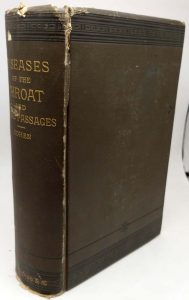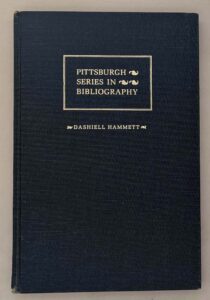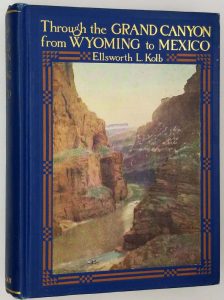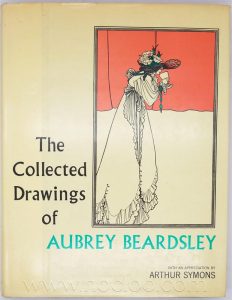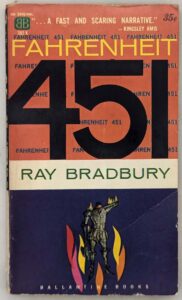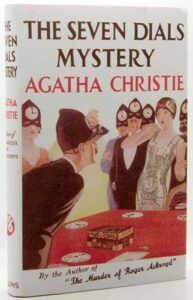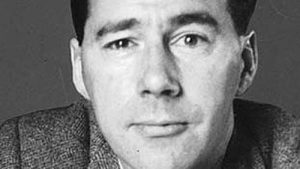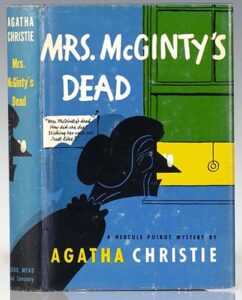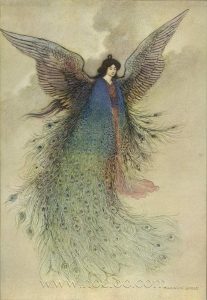Asbjørnsen, Peter Christen – Norwegian folklorist, 1812-1885
Moe, Jørgen Engebretsen- Norwegian folklorist, 1813-1882
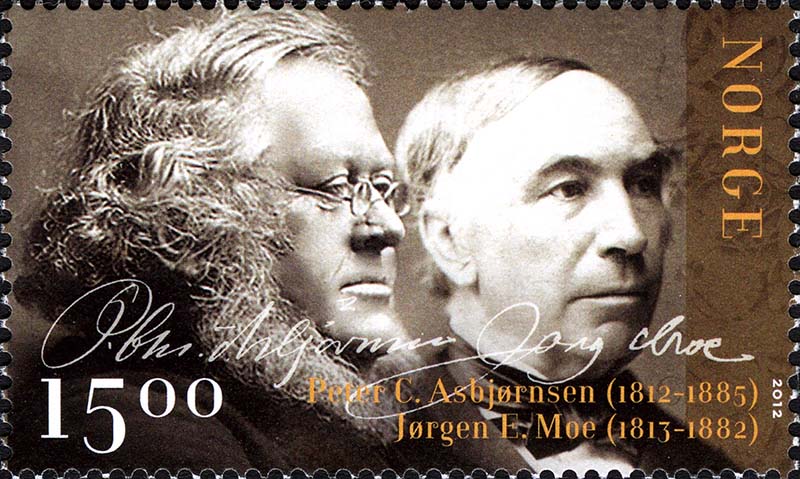
Peter Christian Asbjørnsen: Norwegian folklorist, 1812-1885; Jørgen Moe: Norwegian folklorist, 1813-1882. When Peter Christen Asbjørnsen was fifteen, he was sent away to school, where he met a fellow named Jørgen Moe. They were opposite in temperament—Moe was brooding and sensitive, and Asbjørnsen was lighthearted and relaxed. The two discovered a mutual interest in collecting folklore that soon became more than just a hobby. They took fishing and walking tours together through the verdant valleys and the raw Norwegian mountains, listening to country folk telling their traditional tales. Even after they were established in their professions, they kept up this passion.
Jørgen Moe was a lyric poet and tologian; he became the bishop of Kristiansand in 1875. Asbjørnsen was a zoologist, and as he collected specimens in remote areas he also collected tales. Together the friends spent all their spare time writing down the stories. In 1838, the first set of stories was printed in a children’s publication called Nor.
These were followed in 1841 by a full-length book: Norwegian Folk and Fairy Tales (trans. 1923). Soon thereafter came two volumes of stories about the nymphs and elves who grace the Norwegian woods. The characters in these Northern tales are not those of aery fantasy but rougher characters—giants, trolls, hags, and talking animals.
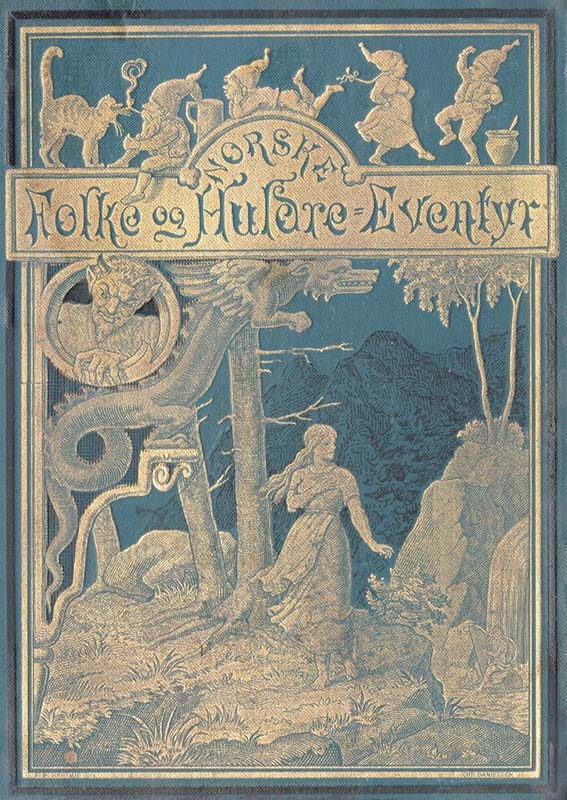
Some of the tales are obscure now, but many have become household favorites, such as “The Three Billy Goats Gruff.” This short, simple tale affirms the parable of the weak overpowering the strong when the biggest billy goat says to the ugly troll: “I’ve got two spears—I’ll poke your eyeballs out your ears!”
Perhaps their best- known story is the more lyrical “East of the Sun and West of the Moon,” a variation of “Beauty and the Beast” and the Greek myth Cupid and Psyche. A poor man gives his daughter to a great white bear for a promise of riches. The bear is really a bewitched prince who only comes to her in human form at night. The daughter, overcome by curiosity, lights a candle and falls instantly in love with the sleeping prince. But when she bends to kiss him, dripping candle wax awakens him.
Their luck is broken, he tells her, for had she only waited one year to find him out he would have been free of the spell of his stepmother. Now he must be off to her castle which stands East of the Sun and West of the Moon, where a troll-princess waits to marry him. This tale of a maiden finding her prince is long, rhythmic, and fully satisfying. “Peer Gynt,” which Henrik Ibsen later used as the basis for his famous play, was originally collected by Asbjørnsen, and he also discovered the rollicking tale of “The Pancake,” a version of “The Gingerbread Man.”
While Peter Asbjørnsen had a nose for a good tale, it was Jørgen Moe who had the ear of a poet. He gave each story its particular voice. A tale about royalty, such as “The Princess on the Glass Mountain,” has a smooth, lyrical text, while a story about Boots, a classic younger son, is more rugged. Although Asbjørnsen and Moe used methods similar to those of the Brothers Grimm in collecting their stories, there is a difference in the product due to the nature of the tales’ locations. These stories have a rough elegance that reflects their birth in the jagged fjords, the dense forests, and the majestic mountain peaks of Norway.
J.A.J.
Source: Children’s Books and their Creators, Anita Silvey.
